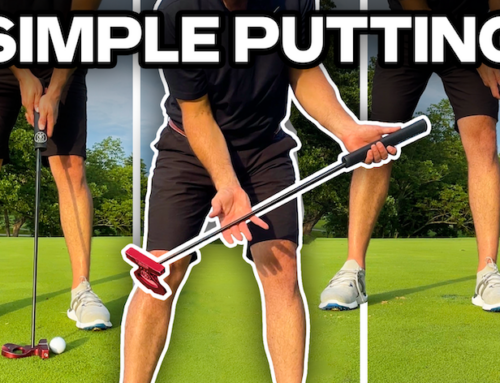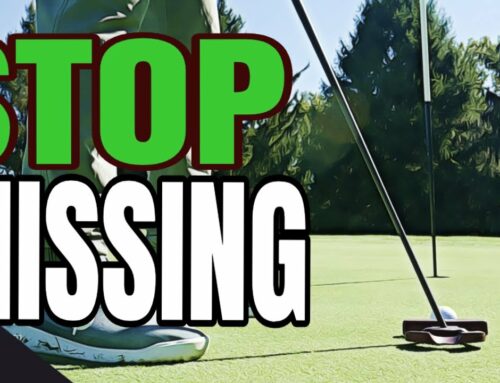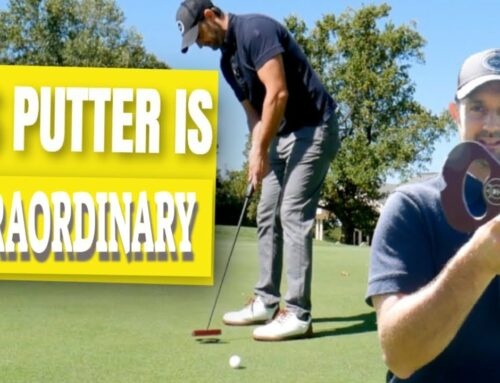Putting lesson and putter fitting tips with Andy Gorman, Alex Fortey and The Art of Simple Golf on How To Choose The Best Putter For You.
See this walkthrough and explanation of how to get the ideal putter length and fit for you. To have a natural set up for freedom and pain-free is a key to simple golf that works on the greens and uses you, as you are best designed.
50-60% of golfers use a putter that is too short. Here’s how to know if your is in in 1 minute.
Poor mechanics are the main cause of bad putts, reading the green of course but miss hits and poor rolls are mechanical for the most part. However, it can occur from using the wrong style of putter for your own putting stroke.
If you tend to hit off-center putts in the same general area on the face, you likely have an incorrect setup of length, lie, and loft.
But if you’re not even sure where you land on the putter-style-to-fit subject, to begin with, here’s a quick tip to help determine whether your strike is inconsistent, or consistent but still off-center:
Spray some foot powder on the face, hit some 8-20 ft putts and now look at the markings of the impact points.
If they are all over the shop the face, then your mechanics are inconsistent. If the marks are pretty much in the same area yet not in the center of the face, then you likely have the incorrect length and/or lie angle.
Putters with moderate-to-high toe-hang are often best if you have a slight arc stroke. Most classic putters are ideal for this type of stroke because they are toe and heel weighted to provide a larger sweet spot than a blade, while also aiding the natural in-to-out-to-in stroke.
Putters with a high MOI (moment of inertia) These are often either face-balanced or mid-balanced (slight toe-hang), and help the putter head reduce twisting and inconsistent roll on off-center hits for all stroke types.







Hello Art of Simple Golf, I’d greatly appreciate your insights on my observation. When a golfer’s posture resembles a bent-over position, like a tabletop orientation, it appears that a straight-back-straight-through putting stroke becomes more effective. Conversely, a player adopting a more upright stance might find mallet-style putters less advantageous, while those standing upright could benefit from a blade putter due to the natural alignment of their arms hanging straight down, making a straight back-straight through stroke less cumbersome.
I would be genuinely interested in hearing your thoughts if you have a moment. Thank you!